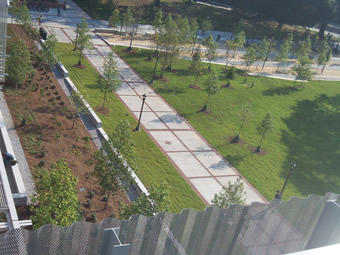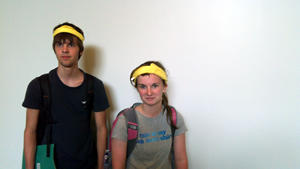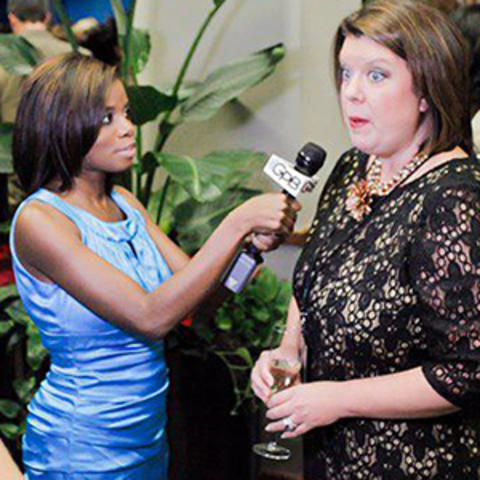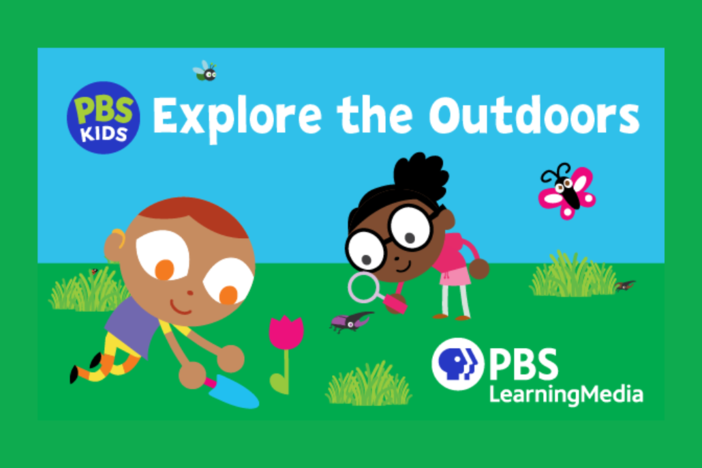
Section Branding
Header Content
Multimedia in Service Learning and Urban Habitat Restoration
Primary Content

How do you include multimedia in a service learning project that centers on urban habitat restoration?
That sums up the proposition that Dr. Jenny Cruse-Sanders from the Atlanta Botanical Garden and Georgia Tech honors biology professor Dr. Cara Gormally approached me with.
Cruse-Sanders and Gormally were laying the groundwork for their partnership in documenting the garden’s new Urban Habitat Restoration project.
The Atlanta Botanical Garden has been doing conservation work for more than 30 years. But most of the sites the organization has worked on are located two hours away.
Cruse-Sanders decided it was time to bring their work closer to home, to urban communities with high visibility to “expose students and families that have limited [access] to natural areas to what healthy ecological communities look like.”
The Garden was awarded a National Fish and Wildlife Foundation grant for this effort. Along with several conservation and park partners, they plan to restore 10 acres of land which will include school grounds and parks in DeKalb County. GPB was included to handle multimedia education and outreach.
Meanwhile Dr. Cara Gormally had prior success in a service learning project with Piedmont Park’s conservation group. Through that partnership, her class documented and shared the park’s restoration efforts using basic websites and images.
This time she reached out to Cruse-Sanders to see if her class could be of help to the Atlanta Botanical Garden. And Cruse-Sanders enlisted my help to find better ways to showcase their work through multimedia.
First we focused on the end result we wanted to achieve. Dr. Gormally wanted her students to create up to three minute multimedia narratives similar to the New York Times slideshows. Like those video slideshows, the students would be required to include video, a number of images and some audio narration.
The students had to make sure their videos were appropriate for lay people to understand - particularly middle schoolers.
We wanted these videos to live online as they would serve as a way for students to “teach younger students” about the Garden’s urban habitat restoration work.
Choosing the Right Technology
Since Dr. Gormally’s class is a biology class and not a multimedia journalism class, I recommended that we choose simple technologies that did not include a high learning curve but would meet the end goals.
I had experience teaching former print journalists how to use flip type cameras, so I recommended teaching a similar class to the students.
In terms of the cameras, we settled on the Kodak PlayTouch camera. These cameras are easy to use point and shoot gadgets with touchscreen applications - something most students are familiar with through smartphone use. Playtouch also takes still images.
Videos are stored on memory cards that we had to purchase.
While the cameras allow for simple video editing on the touchscreen, we decided to also include an editing class on Apple’s iMovie.
iMovie is an easy to learn editing software that can produce the same results and similar quality as the New York Times style video/slideshows.
The final videos will be added to a class YouTube channel. At the end of the semester, the class will hold a video showcase for all of the partners.
Turning Biology Majors Into Multimedia Producers
I decided to offer two classes at different times: video shooting techniques 101 and iMovie editing.
In the video shooting techniques class - dubbed “The Top 7 Tips for Shooting Good Video” - I covered planning the video, video storytelling, camera framing, finding good lighting and how to use the cameras.
Then I broke the students up into groups and sent them out to shoot images and video using the techniques taught.
Some of the students already had experience shooting video and editing, but many of them did not.
They really “got into” their first assignment, shooting stills that could have made beautiful postcards. And their videos illustrated their humor and creativity.

One group shot a video on the penthouse framed beautifully with the campus exteriors behind a snarky host. Another group did interviews with yellow scarf wearing students, apparently taking part in a campus wide “zombie” game.
Overall the students enjoyed themselves and had no trouble grasping what I taught.
Their productions will promote and educate people about urban habitat restoration and hopefully get students, teachers and families excited about conservation.
I look forward to seeing and sharing their final productions with you.
Interested in getting involved in the Atlanta Botanical Garden’s Urban Habitat Restoration project? They are looking for volunteers to remove invasive plants and planting native wildflowers. For more info emailMatt conservation_intern@atlantabotanicalgarden.org.
Secondary Content
Bottom Content





